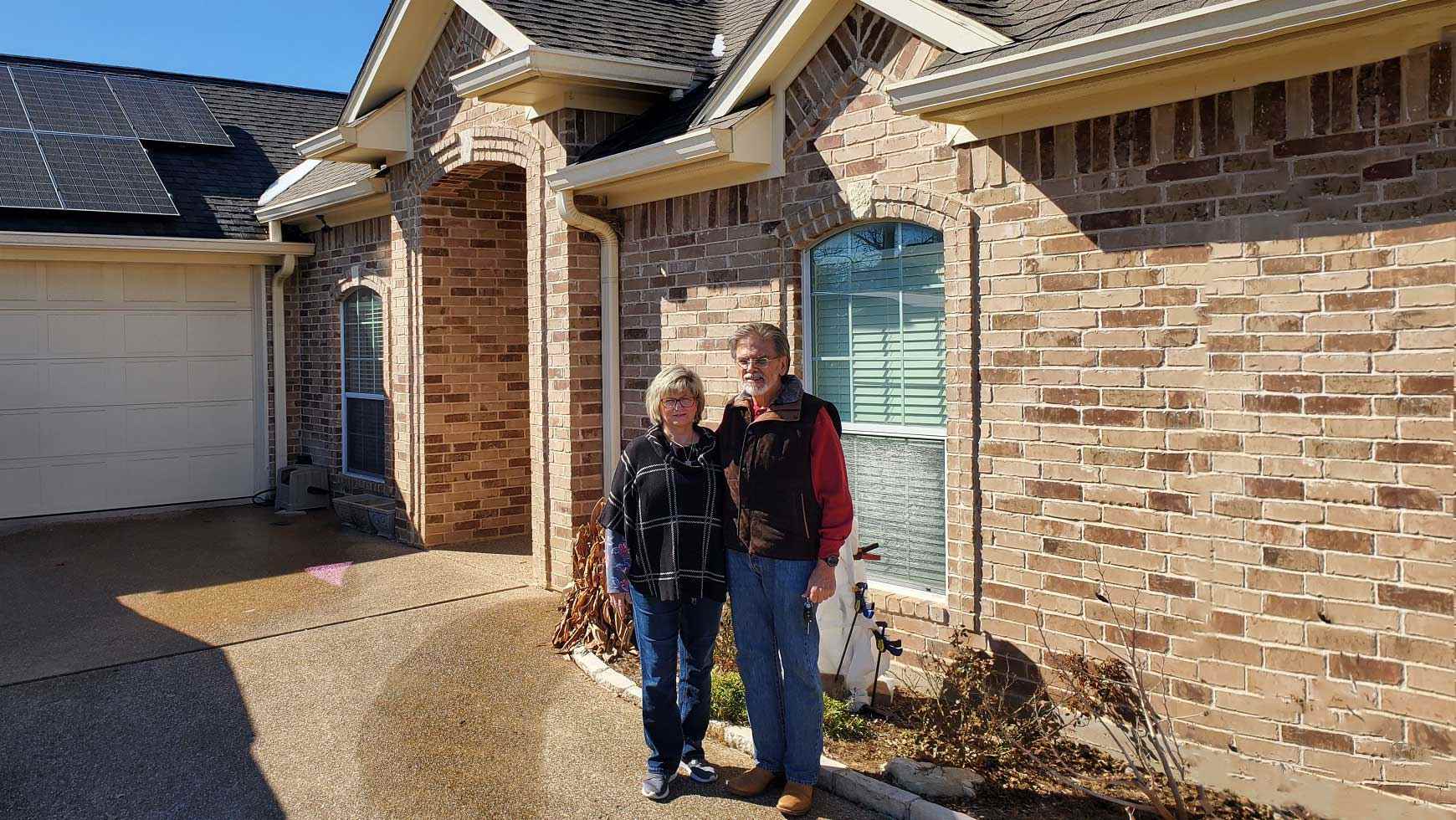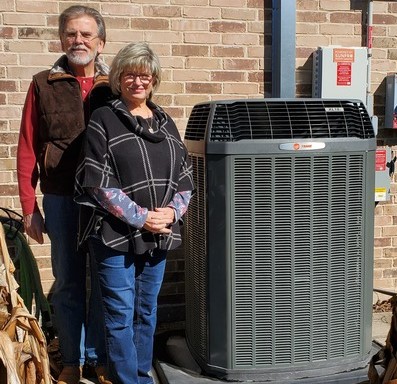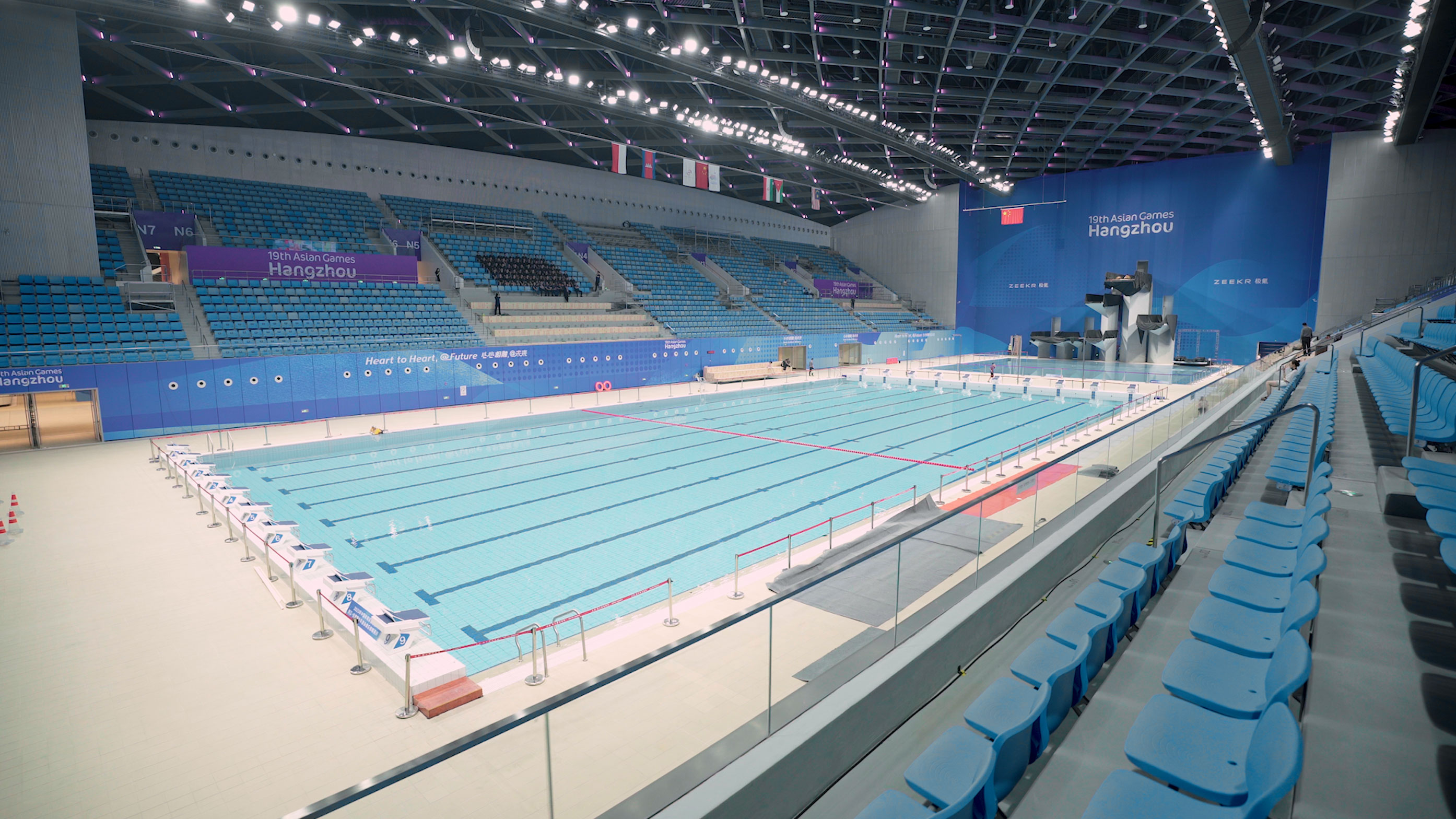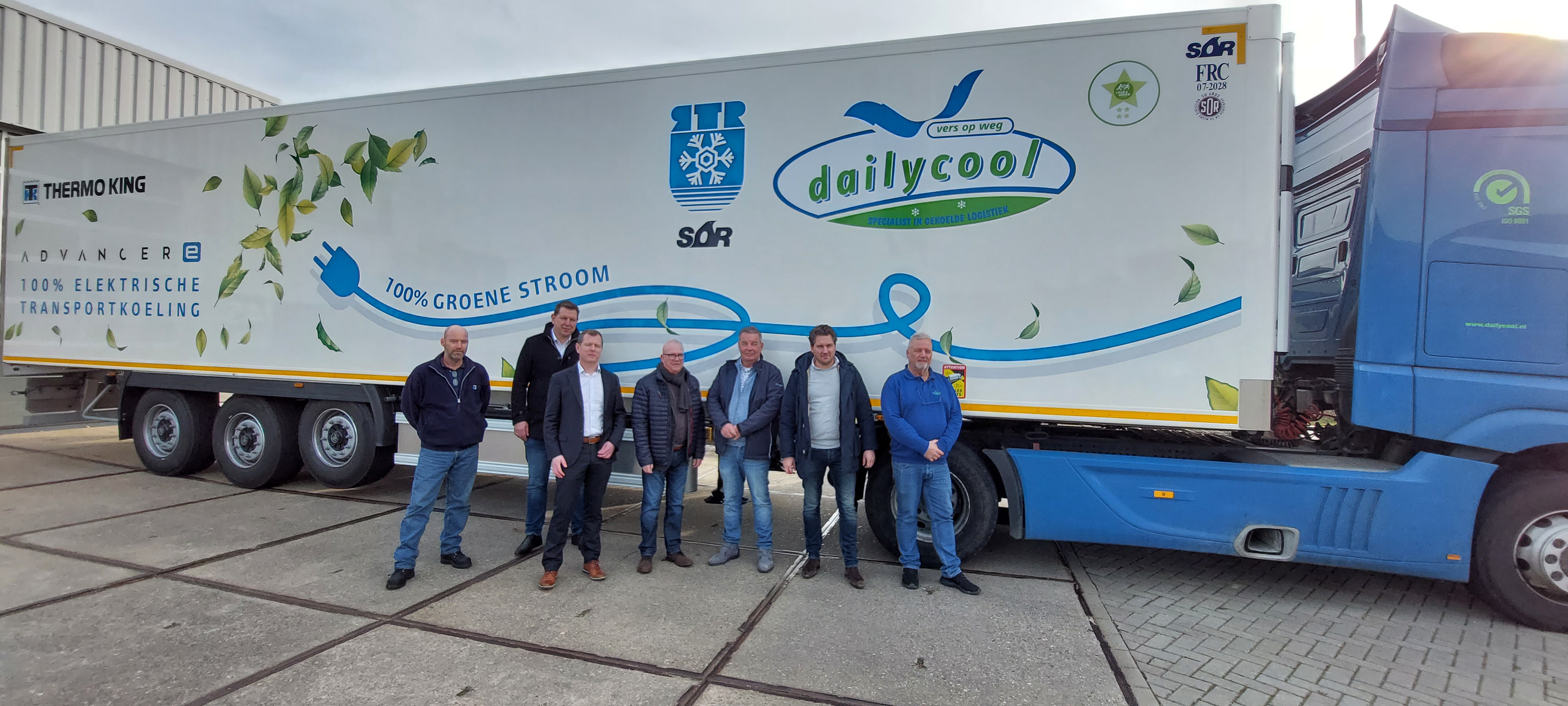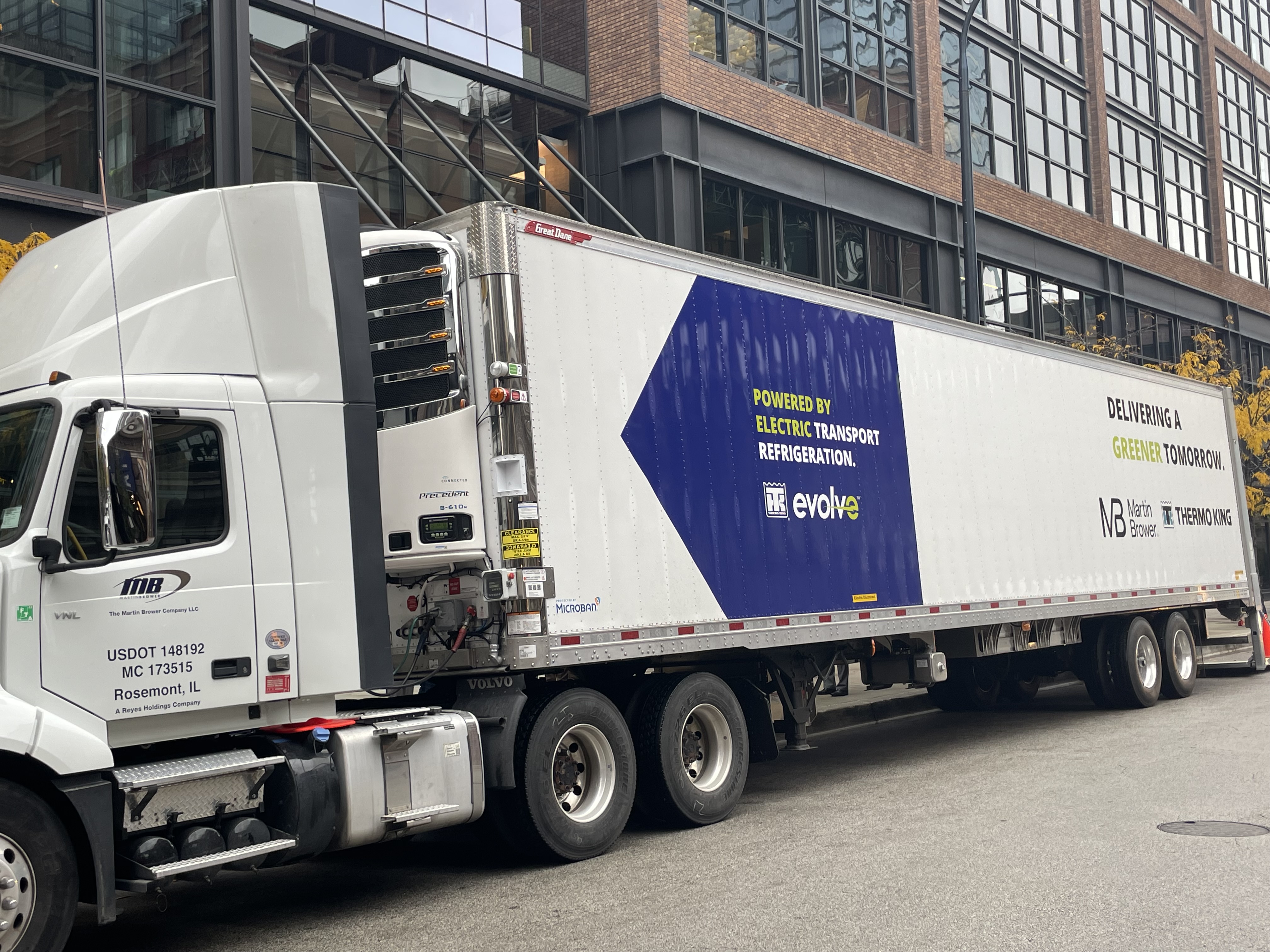Not new to a sustainable lifestyle
Living sustainably isn’t new to Jesse M. of Waco, Texas. For 12 years during the 1970s and 80s, he traveled the world as a missionary and lived and worked in several Pacific Island countries, including Tonga, Fiji, Samoa, Vanuatu, New Caledonia and the Solomon Islands. He witnessed how Islanders protected their natural resources through stewardship of the environment. Many of the islands are under 100 square miles, and natural resources are limited. The people consciously protect the ecosystem they rely on for food and drinking water.
“All islanders are driven to environmentalism out of necessity,” Jesse says. “It is what they must do to survive, and it has become part of their lifestyle and culture. The islanders helped me realize how important it is to be more careful about the footprint of my life.”
When Jesse returned to the United States in 1989, he brought his desire for a more sustainable life with him. At that time, people in the United States were just beginning to wake up to the realities of pollution and the need for more environmental protections.
Many years later, Jesse is still a lifelong champion of the environment. He and his wife, Denise, recycle everything they can, avoid using chemicals on the lawn, and are building a raised garden bed for the practice of Hügelkultur, a horticultural technique based on compostable materials. Naturally, they are composting their food waste. When it came time to repair his energy-efficient air conditioner in 2019, he opted instead to replace his home’s entire HVAC system with an even more energy-efficient electric heat pump from Trane.
Heat pumps are better for the environment
Electric heat pumps are among the most cost-effective solution for home heating and cooling, and they’re one of the best ways for homeowners to reduce their carbon footprint—without sacrificing comfort.
Trane’s XL18i Heat Pump dramatically reduces the carbon footprint of Jesse’s home. It replaces both his air conditioner and furnace, doing the job of both, using less electricity than his old air conditioner and avoiding burning fossil fuels entirely, like his old furnace.
How do heat pumps use less energy?
Electric heat pumps use about half the energy of a traditional system by moving heat from one place to another instead of generating it. During the hot summer months, heat pumps remove heat from inside the home and push cool air in. In the wintertime, they draw heat energy from the air outside and move it indoors.
Jesse did his research and discovered a Trane heat pump would help him achieve his sustainability goals and save money on operating costs thanks to two-stage heating and cooling.
“The unit’s two compressors run at different speeds based on my home’s heating or cooling needs,” he says. “This uses less energy and keeps my home very comfortable. The heat pump is so quiet, I can’t hear it running unless I’m standing right next to it.”
